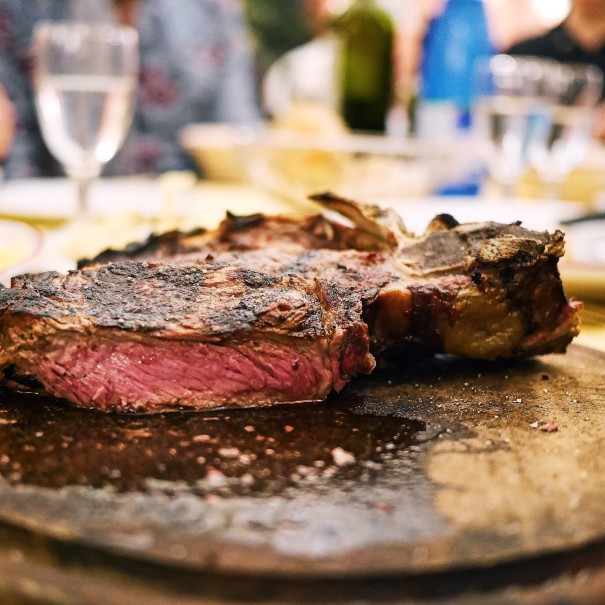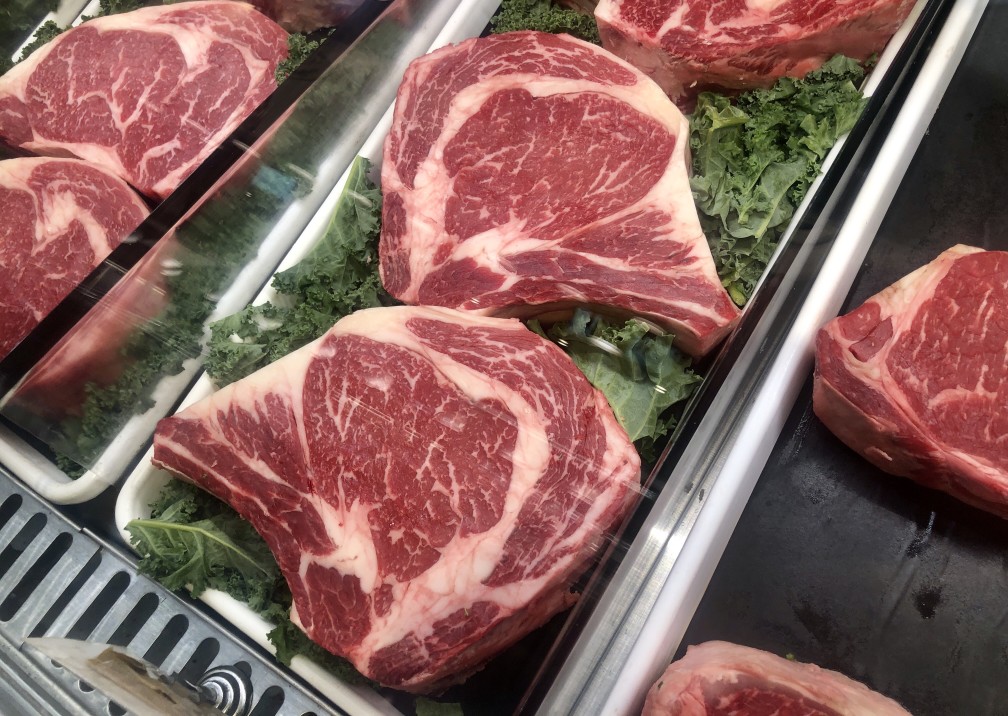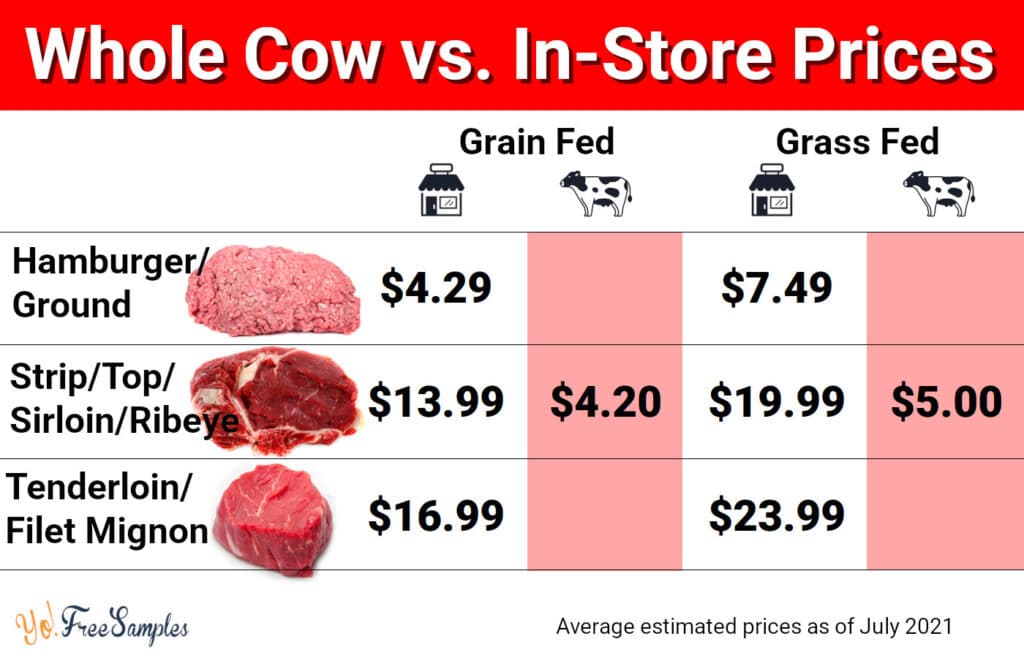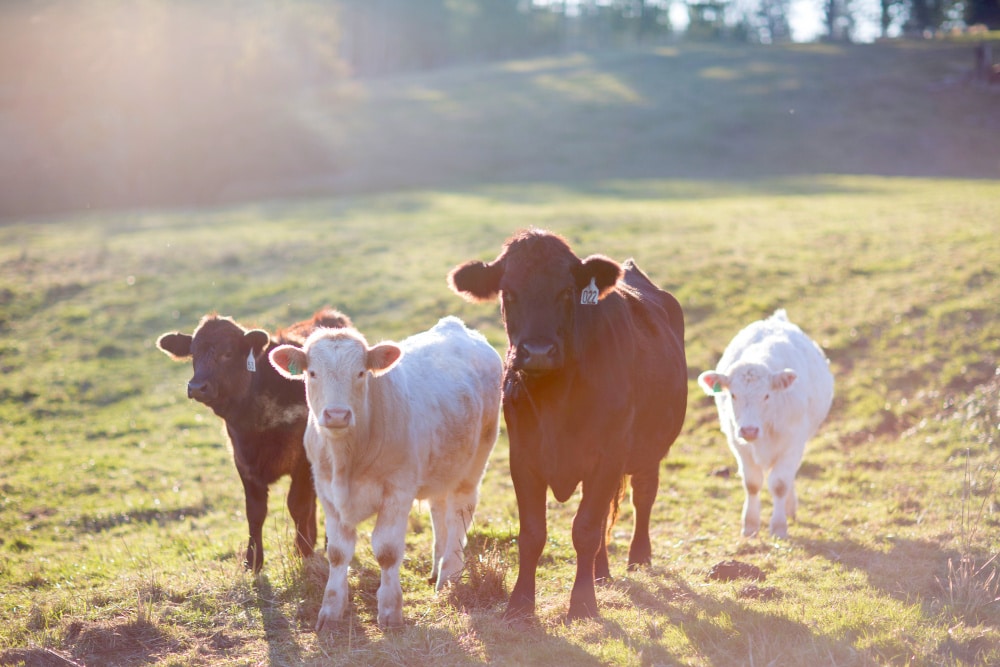Buying a Cow: Why, Where, How and Is It Worth It?
Important Note: When you buy through our links, we may earn a commission. As an Amazon Associate we earn from qualifying purchases. Content, pricing, offers and availability are subject to change at any time - more info.
If you’ve noticed your grocery bill is higher than usual, you’re not alone. Between 2019 and 2020, food prices increased about 6%.
Advertisement
Thanks to the pandemic, the companies responsible for supplying groceries were caught between lockdowns, supply chain issues and trying to pivot to consumer preferences and away from restaurant and institutional buyers. Add weather events, labor shortages and increasing demand as the pandemic winds down and you’ve got the perfect storm for food prices to rise.
With the future of the economic landscape uncertain and a sense that food prices will continue their upward creep, frugal families are likely looking for ways to cut down on their food costs while still maintaining a healthy diet.
One way that this can be done is by purchasing meat in bulk. And one of the most common ways to buy beef in bulk is by buying a cow.
If you’ve never bought a cow before, it can seem a bit intimidating. That’s why we’re breaking down the why, where, and how of buying a butchered cow.
Advertisement
Why Would You Want to Buy a Whole Cow?

Amounting to hundreds of pounds of meat, how could you possibly ever need an entire cow? Let’s explore some of the compelling benefits.
Taste
When you buy a whole cow or even a quarter cow, you’re purchasing locally raised beef. This meat is simply going to taste better. Local cattle will be handled far more humanely than the cows associated with big agriculture – even if grain fed.
Price
There’s a good chance you will save money when you buy half a cow or the whole animal. We’ll take a closer look at the question of how much you can save by purchasing meat this way later on in the article.
Psst.. wondering how else you can save money on food? Check out these ways to get free food.
Advertisement
Health Benefits for Grass Fed Beef
While the US meat supply is one of the safest in the world, a study from 2015 compared grass-fed meat and conventional meat samples. Researchers found that 18% of the conventional meat samples were contaminated with what are known as “superbugs.” These are antibiotic-resistant, hazardous bacteria. On the flip side, only 6% of the grass-fed beef samples were contaminated in this way. So if contaminants are an issue for you, go the grass fed route.
Convenience
With a freezer full of beef, the days of running out to the store at the last minute because there’s absolutely nothing to eat are gone. You can plan months’ worth of meals in advance.
Where to Buy a Cow
Do a quick online search for local beef farms or check out local farmer’s market for local meat vendors or for more information about local farms. There are also a number of websites that exist to help connect people with local farmers, such as eatwild.com, cowpool.org, farmfoodsmarket.com and americangrassfed.org.
How Do You Buy a Cow?
There are a number of terms you’ll want to learn if this is your first time buying meat directly from a farmer.
- Live Weight – how much the cow weighs while it’s still alive.
- Hanging Weight – how much a cow weighs once it has been slaughtered, skinned, and gutted. Typically, freezer beef is sold at this weight.
- Take-home Weight – the weight of the meat you actually take home. This is usually about 60%-80% of the hanging weight but it can vary depending on a number of factors.
You’ll definitely need some freezer space. A chest freezer in the basement or other location without too much temperature fluctuation is ideal. Depending on the farmer, the meat will be fresh (paper wrapped) or frozen (paper wrapped or vacuum sealed).
Advertisement
For meat that is vacuum sealed, you should expect it to stay good for one year in the freezer. So, you’ll need an idea of how much beef your family can eat in a year.
When you’re buying a whole cow, you’re likely going to end up with a bunch of cuts that you’ve never had before – or you don’t like. Liver, shank bones (good for soup!), hanger, flank and skirt steaks are included with the tenderloins, ribeyes and sirloins. This can either be an exciting adventure or a disappointing waste depending on how experimental your family is when it comes to food.

How Much Is a Cow to Buy?
How much it costs to buy and butcher a cow will vary depending on where you live. But here are two pricing scenarios from different beef farmers we found online (7/2021).
Grain Fed
For a full cow based on live weight the price (about $1.70 per live pound) is around $2,100 for a full cow, $1050 for a half cow. The yield words out to about 500 lbs of beef for a full cow, so the price is about $4.20 per pound.
Grass Fed
Typical hanging weight pricing is by the pound – about $5 – so for a full cow with a hanging weight of 800 lbs, the price would be $4,000.
On top of these prices, there is usually a “kill fee” of about $50 for a full cow.
Is It Cheaper to Buy a Whole Cow?

To determine whether or not it’s cheaper to buy a whole cow than to buy meat at your local grocery store, you’re going to need to compare prices.
Advertisement
While there are a lot of different factors that can impact how much a whole cow ends up being per pound of meat, one estimate finds that the price per pound is roughly $6.36.
When you take this number to the meat section of the grocery store, you’ll want to look at organic, local, and grass-fed meat for an apples-to-apples comparison. However, if cost is your only concern, you can compare pricing with traditional meat sources.
Let’s look at an example. As of 7/2021, organic, grass-fed ground beef from Whole Foods is about $7.49 a pound and between $6.99 and $7.99 a pound from Kroger. The real savings, however, is in the nicer cuts of meat. Grass-fed ribeye from your local Kroger can cost more than $20 a pound – more than three times the cost per pound when buying a whole cow.
How much it will save you to buy a whole cow depends on your location and the types of cuts you normally buy. That being said, let’s say that your average price per pound for the beef you buy is $12. If this is the case, buying a whole cow will save you 53% versus buying in store!
Is Buying a Cow Right For You?

To buy a cow, or not to buy a cow?
That is the question.
Only you can decide whether or not it makes sense for your family to buy a whole cow or a part of a cow. If you’re a single person living alone you might find that it’s impractical to buy a whole cow, but a quarter cow could suit you just fine. On the flip side, a big, meat-eating family might find that a whole cow doesn’t even last them the whole year.
Buying a cow also means that you can support a local farmer. In a world where more and more of our food comes from giant farms that are far away, that’s incredibly meaningful.
Are you a frugally minded person? If so, check out our library of resources for couponers and free stuff finders!

 Please Support Me on Ko-fi
Please Support Me on Ko-fi